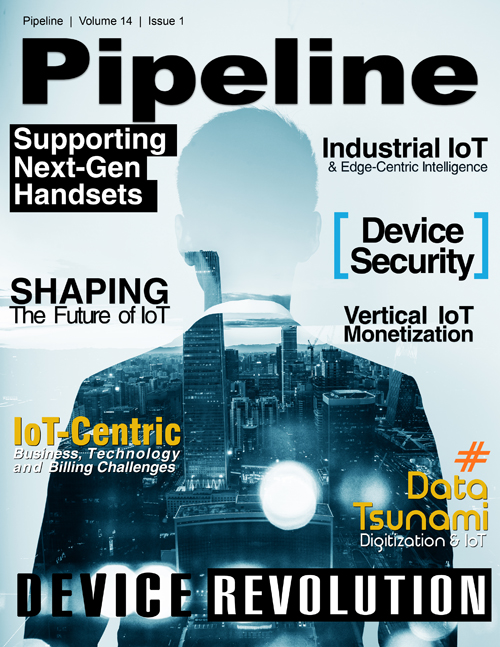Industrial IoT Demands 'Platforms' and Intelligence at 'the Edge'
In manufacturing, GE is fueling a “Brilliant Factory” initiative with the concept of “generativity” — where companies large and small from Cisco to PTC, to startups like Bit Stew and Maana, work together to harness the power of manufacturing data and to create rich application enablement environments through enhanced product lifecycle management (PLM) and data mashups. Each IoT partner becomes part of role-based manufacturing dashboard, contributing to and accessing powerful analytics and actionable data. GE predicts investment in the IoT will top $60 trillion during the next 15 years.
In healthcare, the push for value-based care is connecting medical practitioners, patients, telehealth systems, OEMs, healthcare system integrators, pharmaceuticals, hardware and software companies. With cross-device connectivity and implementation of smart features into medical devices and related software systems, a medical ecosystem can improve continuous care and remote management of patients.
Giants like Merck, Philips (Healthsuite) and Qualcomm (QualcommLife) are evaluating how IoT healthcare ecosystems can improve patient care, operational efficiencies, manufacturing of drugs, and
other capabilities.
The healthcare sector’s IoT solutions are expected to reach a staggering $1 trillion by 2025, in large part due to the sheer complexity of the market, which includes an ever-expanding universe of objects and things, including: wearable sensors, eHealth IoT applications, machine learning for signal processing, quantified self devices and technologies and data processing, predictive eHealth algorithms, smart homes and smart caring environments, data mining of health data, wireless sensor and actuator networks, among other variables.
As in these industries, momentum is sweeping the energy, transportation and logistics, security, connected car, government surveillance, and retail inventory and warehousing sectors as well. The
common thread among all industries is the hope that the IoT can increase production and engender new business models with intelligence-driven innovation. It can foster operational, strategic
and competitive gains in the near term, and perhaps economic growth and enhanced competitiveness worldwide in the long term.
The Evolution Toward IoT 'Platforms'
Just how CSPs will capitalize on the IoT remains to be seen. Many are evaluating which industrial IoT use cases are relevant to their enterprise customers, and how big a role they want to play in facilitating or participating in the IoT ecosystem.Those who enter the fray compete long term with big operational vendors like GE, Siemens, Bausch, or IT players like SAP, Microsoft and Oracle, or even systems integrators and outsources like Fujitsu and Accenture. These companies curry favor with enterprises by boasting integrations to ERPs and manufacturing apps through what they tout as “end-to-end” solutions.
“As a result, CSPs have to become more platform centric and unite what are currently islands of IoT apps and innovation,” says Gartner’s Eric Goodness, research vice president, IoT Group. “It's the SIs that eat, breathe and sleep enterprise integration, so CSPs will either pull them into partnerships through connectivity, or perhaps build out their own integrations.”





















